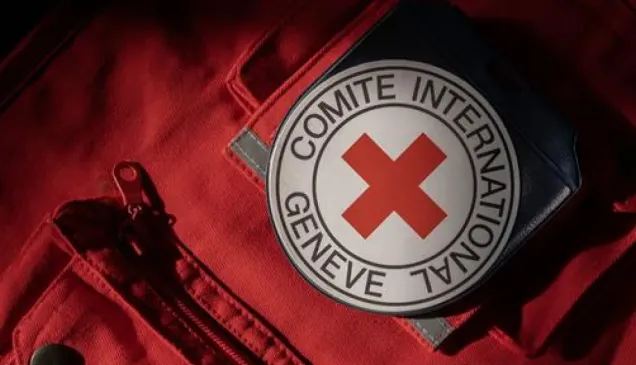International law on the conduct of hostilities: overview
International law on the conduct of hostilities regulates and limits the methods and means of warfare used by parties to an armed conflict. It aims to strike a balance between legitimate military action and the humanitarian objective of reducing human suffering, particularly among civilians.
Limits on the way wars are waged have existed for centuries. It was often a matter of unwritten understandings on how to behave, sometimes a reciprocal recognition of the reality of potential retaliation if certain limits were overstepped. On occasions, common humanity limited the impact of war.
Efforts by the international community to introduce effective legal limits on the conduct of war began seriously in the 19th century. Through a series of treaties such as the Geneva Conventions and their Additional Protocols, and the growth of customary law, there is now an extensive body of law regulating the conduct of hostilities.
The general principles are enshrined in the Hague Convention of 1907 and the 1949 Geneva Conventions and their Additional Protocols of 1977. But there are a series of other treaties covering specific issues, particularly in the field of weapons. In 2005 the ICRC published a major study on the extensive body of customary international humanitarian law, which is binding on all Sates.
The central principle of distinction runs through all the law relating to the conduct of hostilities. Indiscriminate military action is prohibited. All sides in a conflict must distinguish between legitimate military targets on the one hand and civilians and civilian objects on the other.
Deliberately targeting civilians is a war crime. All sides must take measures to separate as far as possible military targets from population centres. While it is accepted that civilian casualties may be sustained in situations where military targets are attacked, both sides are required to take whatever measures possible to minimize injury and death among civilians, and damage to civilian objects. If an attack is expected to cause "collateral civilian damages" that are excessive in relation to the concrete and direct military advantage anticipated, it must be cancelled or suspended.
IHL forbids the terrorizing of civilian population and the destruction of their means of survival by attacks on crops, water supplies, medical facilities, housing and non-military transport. Hostage taking and the use of human shields are likewise prohibited.
The methods and means used in military action must be proportionate to the military objective. Tactics or the excessive use of power or force that cause unnecessary death or destruction among civilians is prohibited. So too are methods and means that cause unnecessary suffering to enemy combatants.
The wounded and sick and those no longer taking part in hostilities must be respected. Medical facilities and personnel must not be attacked. All parties to a conflict must respect the use of the protective emblems enshrined in the Geneva Conventions and their Additional Protocols, namely the red cross, the red crescent and the red crystal.
Limits on the conduct of hostilities under IHL also cover cultural property and the environment. Targeting cultural property or using it for military purposes is prohibited. Military action must not unnecessarily destroy the natural environment or create environmental problems for the future. Special references are also made to naval and air warfare and the role of civil defence during armed conflict.
Regulations pertaining to the choice of weapons clearly constitute a major part of the law on the conduct of hostilities. Under IHL, this choice is not unlimited. In addition to the principles of distinction and proportionality, IHL has outlawed specific types of weapons through a series of international treaties, in particular biological and chemical weapons, blinding laser weapons and anti-personnel landmines. Most recently, in 2008 the Convention on Cluster Munitions was adopted.



